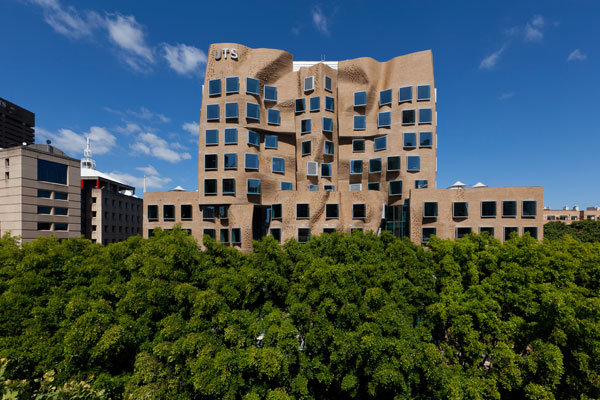Good residential design has long been seen as a subjective quality, rather than a quantifiable one. The University of Technology Sydney aims to challenge this belief with the establishment of the Building Genome Project that examines the data present in building modelling software.

October 28th, 2015
Ultimately aiming to receive insights so as to achieve further knowledge into architectural design performance and compliance to build better homes, the Building Genome Project is the brainchild of UTS’s Faculty of Design, Architecture and Building.
A team of four academics believes that today’s access to design and construction statistics and sophisticated modelling technology can help bridge the disconnect between the estimated $5.6 trillion value of the residential hosing sector with the serious lack of connection between property data and design and construction data.
Recent technological advances and research prompted the team to create an advanced comparative database, the Building Genome Project, capable of storing complex building and design data.
“Architects and developers have limited access to precedent design knowledge in a searchable format,” says team researcher, Dr Ben Coorey. “Similar design solutions are being applied over and over again without the ability to improve designs through benchmarking, big data and predictive analytics.”
Through the Building Genome Project, useful data has been revealed. Such as apartment attributes and configurations that contribute to the highest value of return, what type of apartment designs sold the fastest, and what appropriate apartment mixes work best, were not being factored into early stage design processes. This information could not be easily accessed in existing software programs.
The Building Genome Project also allows new housing designs to be checked automatically against various planning regulations to assess the compliance and quality of a design.
“The system is able to generate a user-friendly report, outlining areas of compliance and non-compliance to help builders make better informed decisions during all aspects of the building lifecycle,” says Associate Professor Julie Jupp from the UTS School of the Built Environment. “This research will improve design processes whilst also boosting the quality of residential design overall.”
University of Technology Sydney
uts.edu.au
A searchable and comprehensive guide for specifying leading products and their suppliers
Keep up to date with the latest and greatest from our industry BFF's!

Suitable for applications ranging from schools and retail outlets to computer rooms and X-ray suites, Palettone comes in two varieties and a choice of more than fifty colours.

Sub-Zero and Wolf’s prestigious Kitchen Design Contest (KDC) has celebrated the very best in kitchen innovation and aesthetics for three decades now. Recognising premier kitchen design professionals from around the globe, the KDC facilitates innovation, style and functionality that pushes boundaries.

In the pursuit of an uplifting synergy between the inner world and the surrounding environment, internationally acclaimed Interior Architect and Designer Lorena Gaxiola transform the vibration of the auspicious number ‘8’ into mesmerising artistry alongside the Feltex design team, brought to you by GH Commercial.

With staff fully assimilated to the rhythms of agile working, how do we begin to offer further flexibility? In its Brisbane headquarters, NAB looks to seamlessly align staff with space, giving them the room – quite literally – to physically and mentally ‘flex’. Designers Wood Bagot strove to bring physical space and human behaviour into perfect sync.
The internet never sleeps! Here's the stuff you might have missed

DKO’s Interior Design Director on how to create community and specificity in interior design, and how apartment living is being reconceptualised.

A hospitality venue in the heart of Osaka comprising four dining options – a place where nostalgic pastimes meet high-end dining.